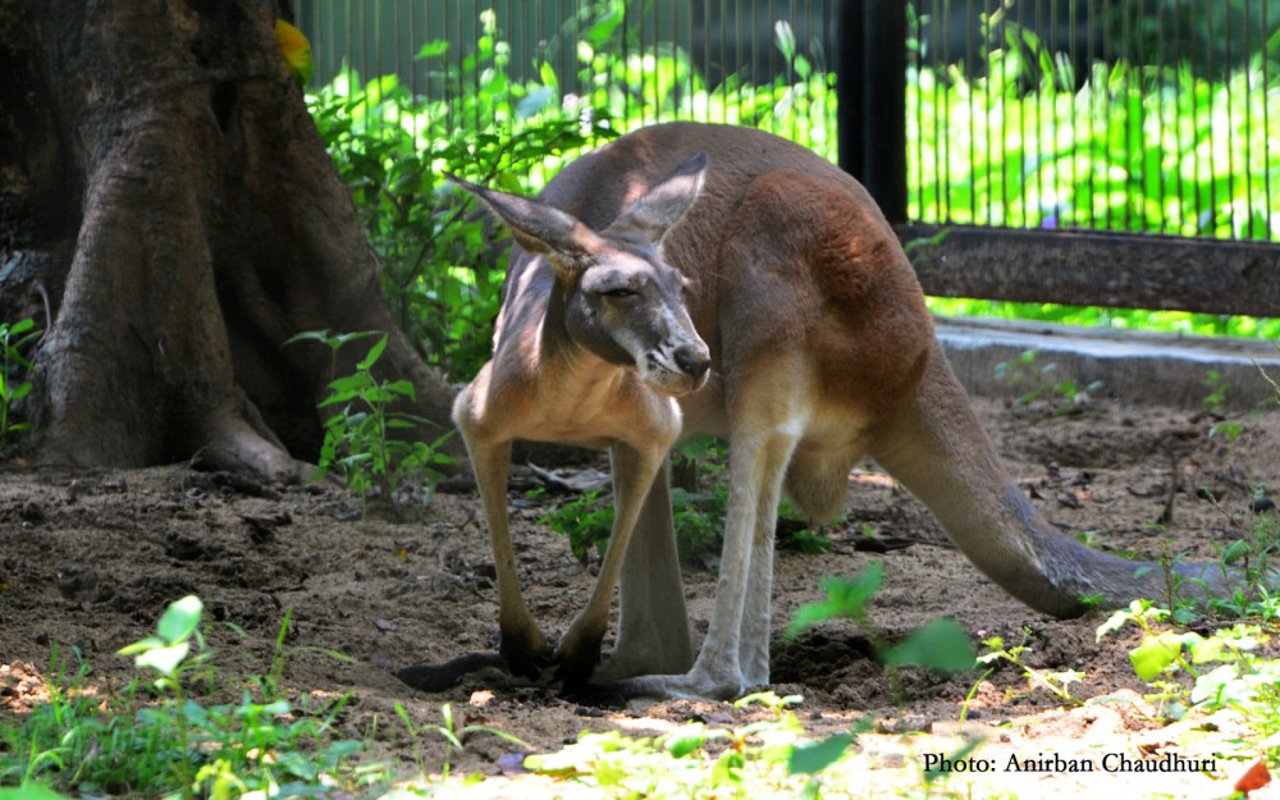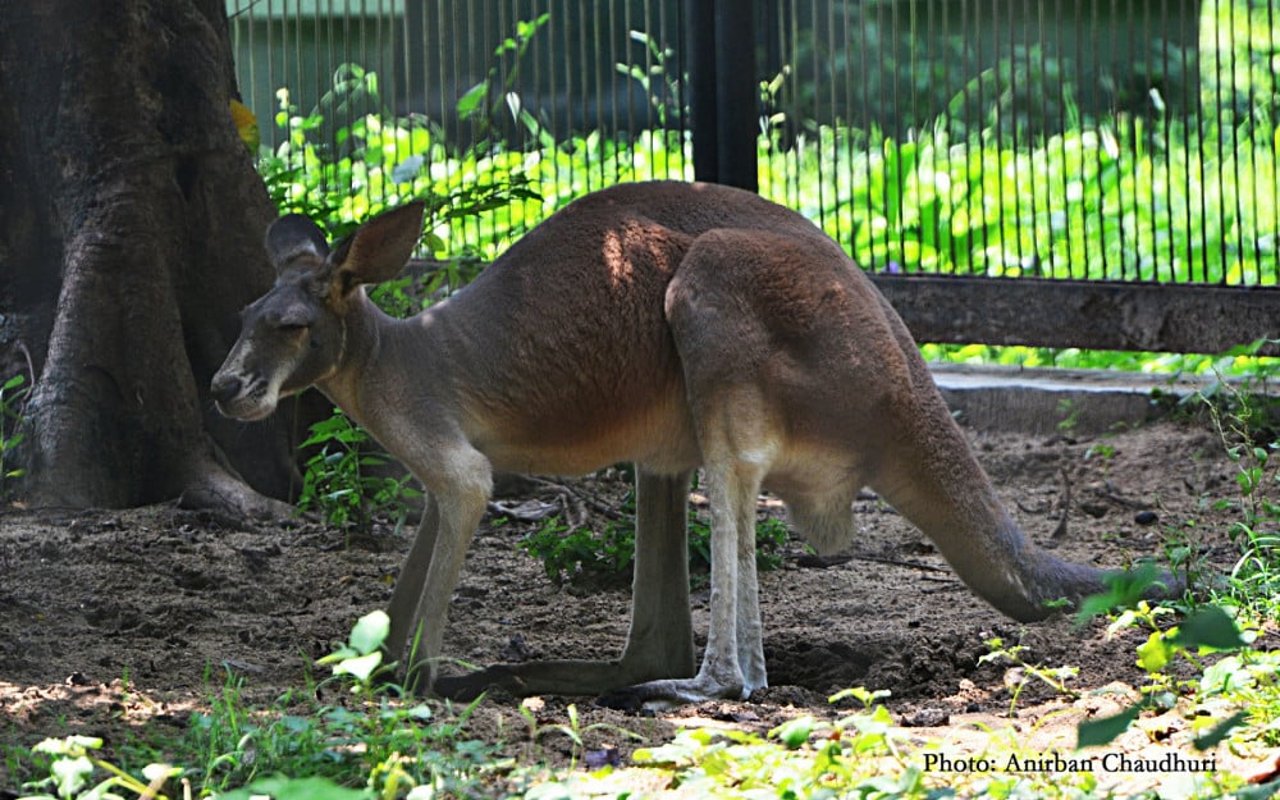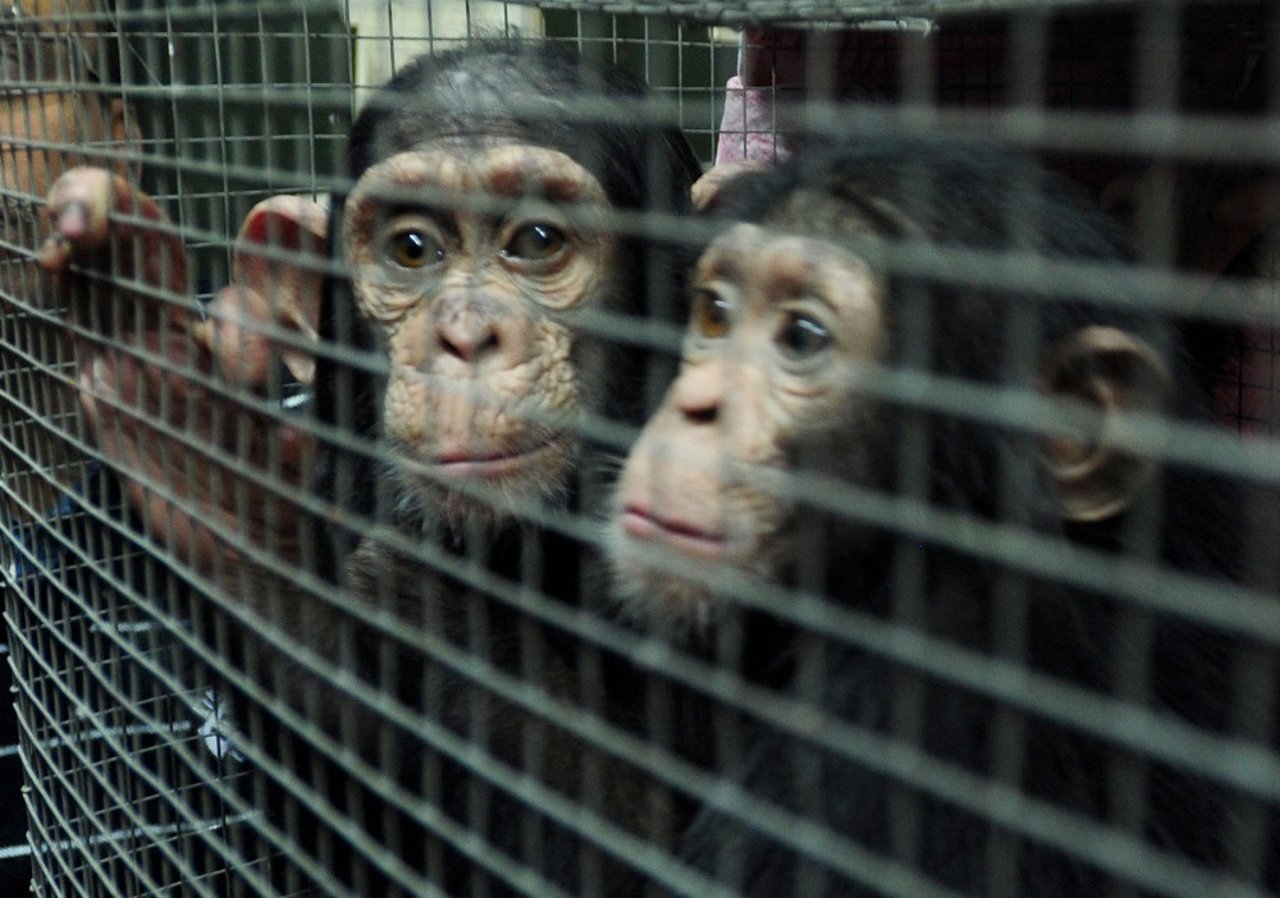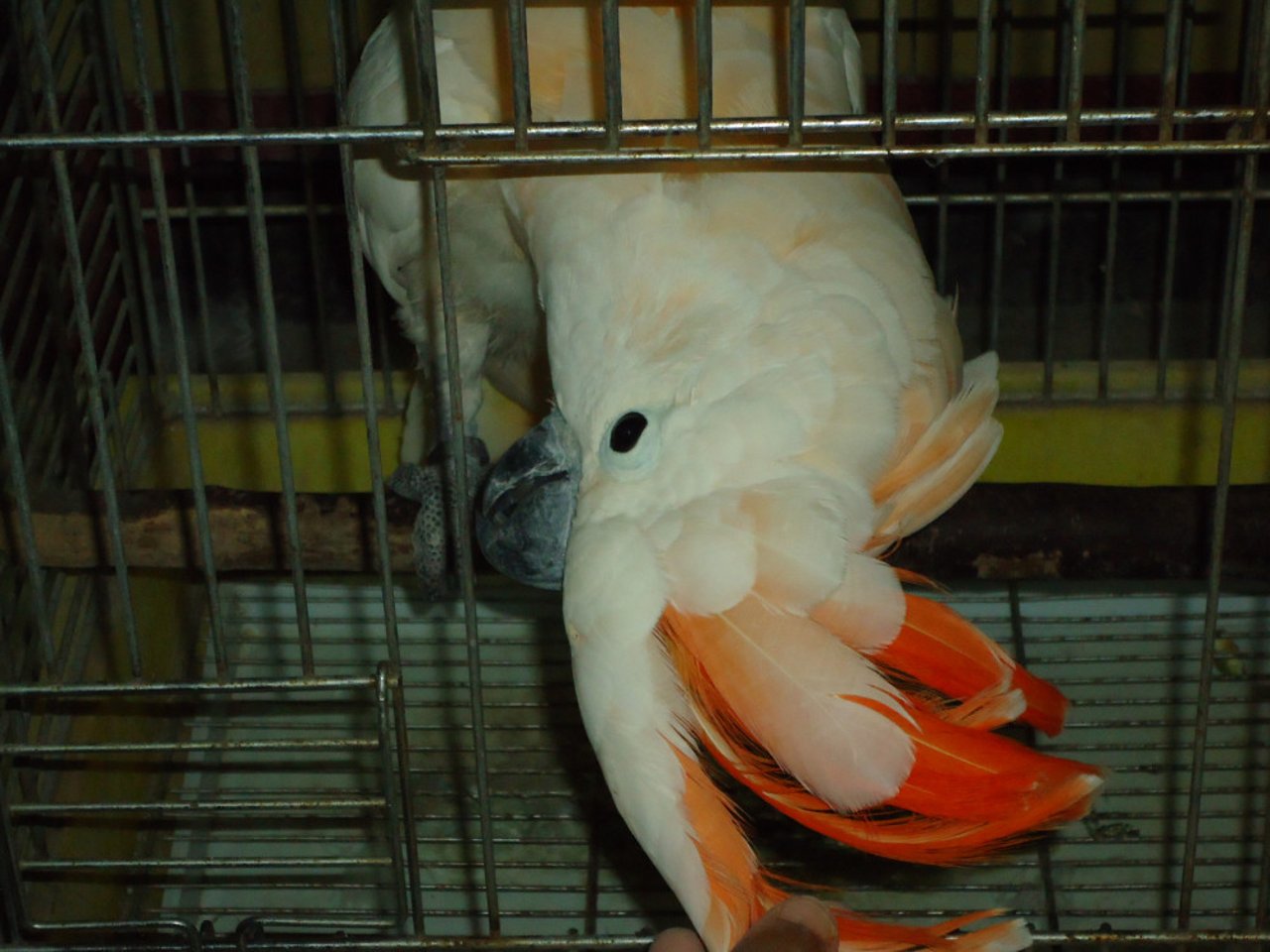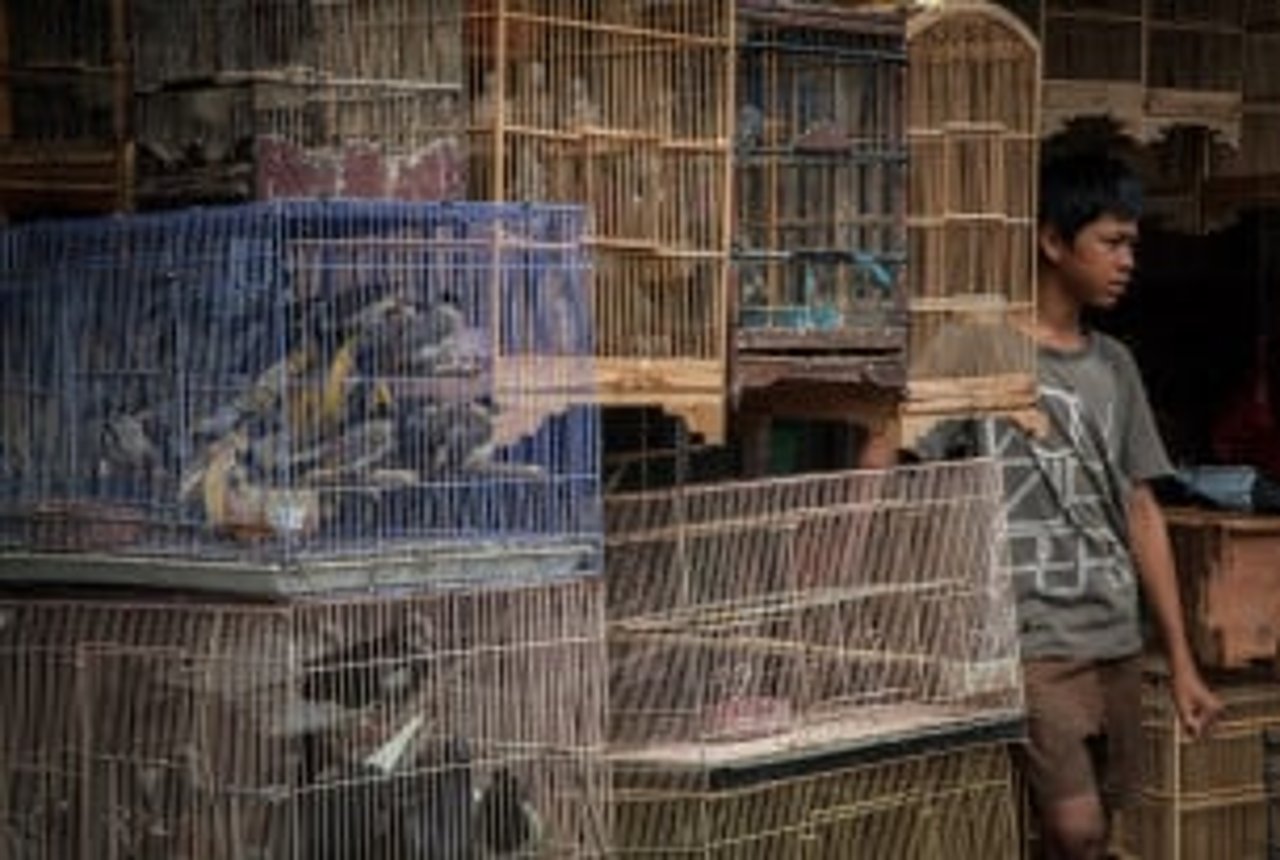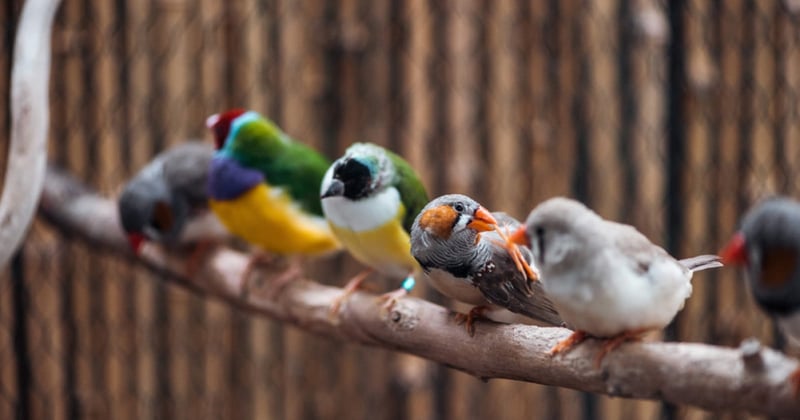
Did you know that with growing financial clout among citizens, there has been a rising trend in India to keep wild animals as pets. These pets come in all shapes and varieties, mammals, birds, reptiles, amphibians, fishes and insects and follow a pattern established in the Western world, especially in Europe and North America.
The Red Kangaroos-- the burgeoning trade in non native animals
On 2nd April, 2022, in a scene reminiscent of ‘The Island Of Dr Moreau’ by Herbert George Wells, three presumably Red Kangaroos were found hopping on a road in Farabari and Gajaldoba location in North Bengal. Whilst it goes without saying that such a scene was unexpected in a North Bengal location, the presence of these Australian animals alerts us to the phenomenon of the burgeoning trade in non native animals, popularly known as exotic animals in India. This kangaroo incident was preceded by a kangaroo seizure in Bengal in March 2022 and one in Assam in July 2020. In March 2021, a seizure of wild animals included Golden Headed Lion Tamarins of Brazil, a species highly prevalent in wildlife trade and the target of pet fanciers across the world.
Red Kangaroo photographs in Alipore Zoo in Kolkata by Anirban Choudhury
A rising trend in India to keep wild animals as pets
With growing financial clout among her citizens, there has been a rising trend in India to keep wild animals as pets. These pets come in all shapes and varieties, mammals, birds, reptiles, amphibians, fishes and insects and follow a pattern established in the Western world, especially in Europe and North America. In 2016, World Animal Protection was alerted to the situation involving the avicultural demand in African Grey Parrots, in the wake of CITES uplisting the species to Appendix I restricting trade in the bird that is renowned for speaking skills and intelligence.
Red Kangaroo photographs in Alipore Zoo in Kolkata by Anirban Choudhury
What gave a new dimension to the Wildlife Trade in India?
In 2014, it was a first hand involvement with the presence of Great Apes that led me to believe that there was a new dimension to the wildlife trade in India. The three baby chimpanzees were confiscated from an animal dealer’s residence in Kolkata and were shifted to the Alipore Zoo. The incident revealed a very deep nexus between Indian wildlife traders and those operating in other countries as well as an extraordinary demand in exotic wild animals as pets. A subsequent case revealed that Orangutans had been smuggled into India.
Chimpanzee seizure in 2014 in Kolkata Photograph by Subhojyoti Kanjilal of Times of India
Reports related to Madagascan species
There are also reports of Madagascan species entering the Indian pet trade market, including Angonoka Tortoises and Radiated Tortoises as well as Ruffed Lemurs and Ring tailed Lemurs. There has also been a documented case of a seizure of Siamese crocodiles, a critically endangered species, whose presence in the pet trade is cause for concern. Species seized also include Bird Of Paradise, Kookaburra, African Pygmy Falcons, Gouldian Finch and Eclectus parrots. Among cat species recorded in the pet trade in India are white lion cubs and a hybrid lion cub seized in Bengal in 2019, caracals seized in Uttar Pradesh in 2017 and Servals intercepted in March 2018.
The definition of the word "Exotic"
In this context, it is germane to state the definition of the word, ‘exotic’. Although the word ‘exotic’ among the wildlife community in India has come to mean animals that are found outside the political boundaries of India, the definition is more fluid as stated in the World Zoo Conservation Strategy in 1993. “The word exotic is Greek in origin, and literally means "originating from out of hearing range"(ex = out, otikos = hear).
A zoologist uses this word to indicate animals that do not live in his/her country or faunal region because the natural range of the species is elsewhere in the world. Exotic thus has nothing to do with beauty, ugliness, mysteriousness, or strangeness, but only with the geographic origin of an animal. The common European wood pigeon would be exotic to an Australian zoologist, and a typical South American vole is exotic to a European zoologist. Contrarily, the attractive barn owl, a bird found in almost all parts of the world, would not be exotic to many zoologists. Exotic is thus a relative term, meaning different animals to zoologists in different parts of the world.
Cockatoo kept by private breeder in Bengal. Image by Shubhobroto Ghosh
Different nuances of the word ‘exotic
Whether an animal is exotic is not really relevant to the average zoo visitor, and certainly is not to most of the city dwellers that constitute the majority of zoo visitors. For these visitors, most of the animals in their own country are outside of their normal experience. These visitors, in contrast to zoologists, rarely or never come in to contact with wild animals that live in their own country, much less on the other side of the world. The American bison, rattlesnake, and hummingbird are just as exotic to a citizen of New York City as is the golden lion tamarin of South America. The golden lion tamarin, macaw, and giant anteater are just as exotic to the average Sao Paulo inhabitant as to someone in Amsterdam, Colombo, or Sydney.” It is important to be mindful of the different nuances of the word ‘exotic’ because the dictionary meaning of the word can be different from what is perceived in wildlife circles. Besides expanding ranges of species, introduced and naturalised species and migratory species can challenge conventional notions of what it means to be an exotic animal.
A voluntary Disclosure scheme
Bearing these complexities and the fact that there is still not overriding legislation to regulate or control the trade in non native animals, the government of India had offered amnesty in June 2020 by way of a voluntary disclosure scheme urging Indians to declare possession of any non native live species, i.e. any animal or plant species moved away from their native region. No action would be taken even if owners lacked proper documentation. By February 2021, the Ministry of Environment and Forests and Climate Change had received disclosure applications from 32,645 Indians, from 25 states and five union territories. The range of species observed in captivity as exotic pets now includes several species of cockatoos, macaws and a growing range of parrot species.
Diverse views on the nature of the wildlife trade
There are diverse views on the nature of the trade in non native species and how best to deal with it. Despite the diverse views, there is incontrovertible evidence that the trade in wild animals exacerbates the dangers of zoonotic disease transmission and compromises animal welfare. Indeed, the current Indian Wild Life Protection Act has no definition of a ‘hybrid’ animal and has no guideline for humane treatment of hybrid animals, a legal lacunae that leads to the mistreatment of many animals of mixed genetic makeup. Greater awareness, stronger public involvement, mapping of trade routes, more legal protection for non native animals, better rescue facilities for confiscated animals and the acknowledgement that wild animals do not make good pets can phase out this unethical and cruel trade that diminishes biodiversity and compromises animal welfare. Any policy making on wild animals needs to recognise that animals are best left in their own habitat and do not belong in captivity as pets. Wildlife belongs in the wild.
Read More about causes and drivers of Wildlife Trade
The author is grateful to Ms Prerna Panwar, independent wildlife consultant for her input to this feature.
